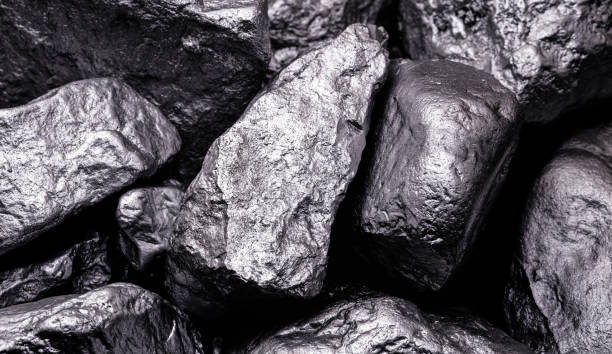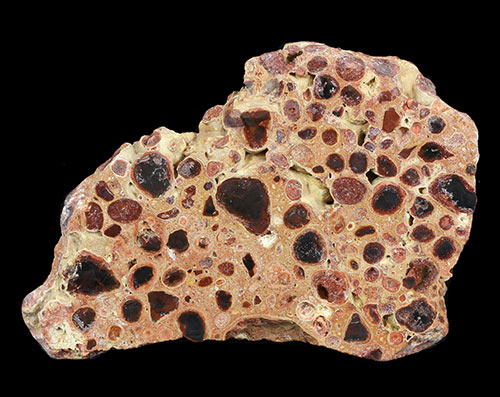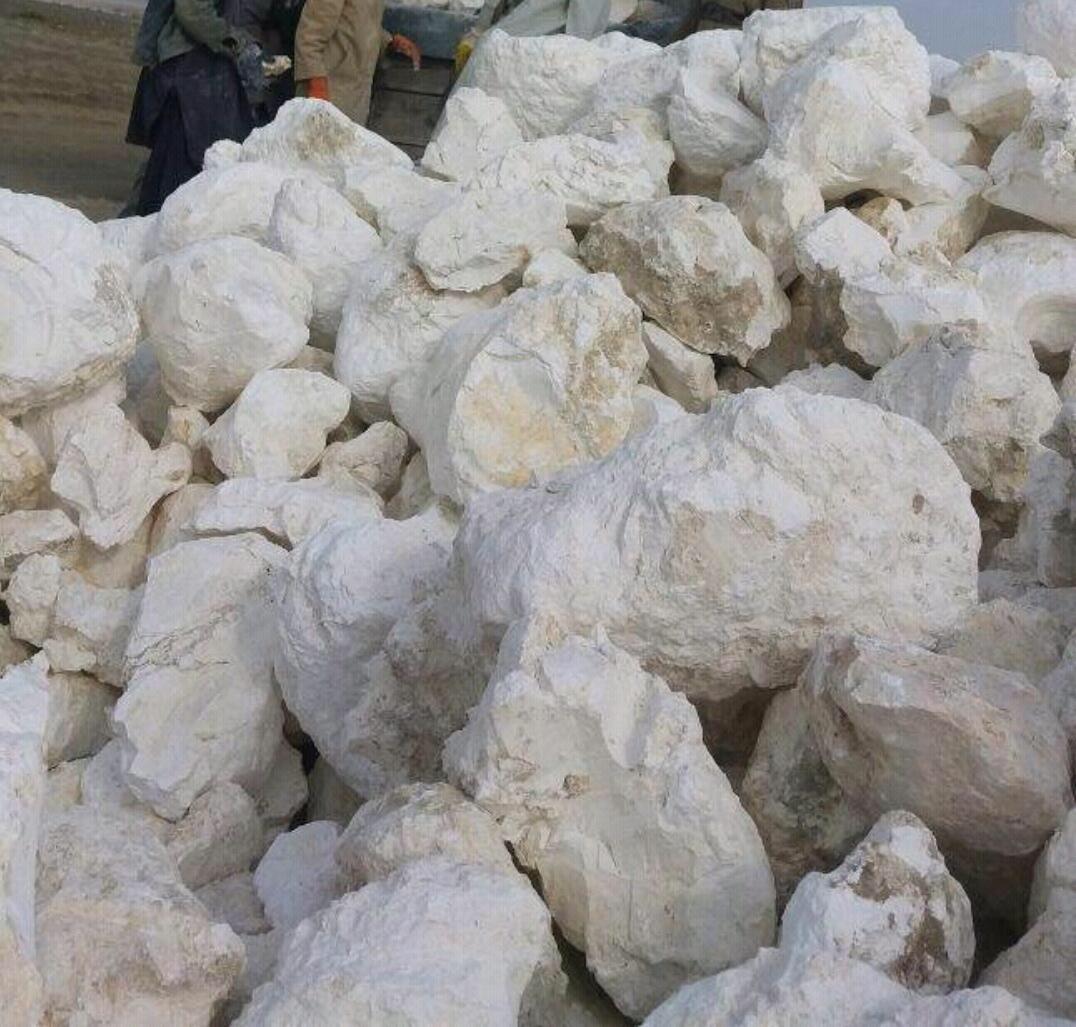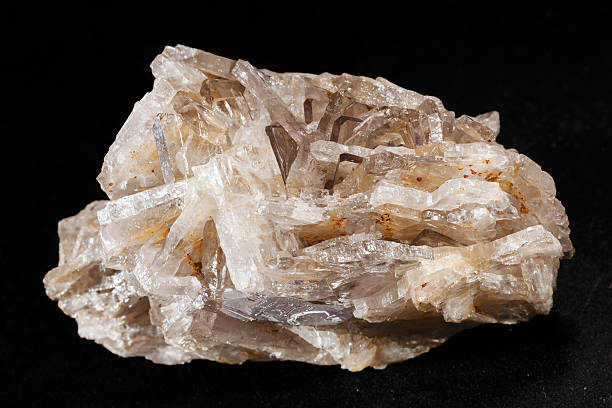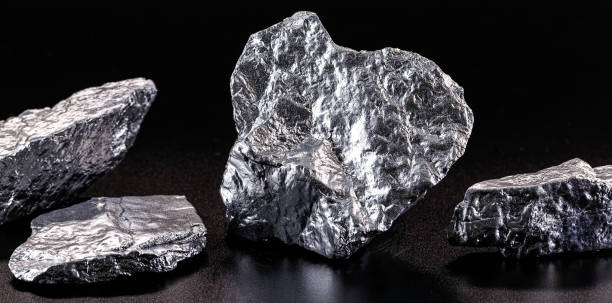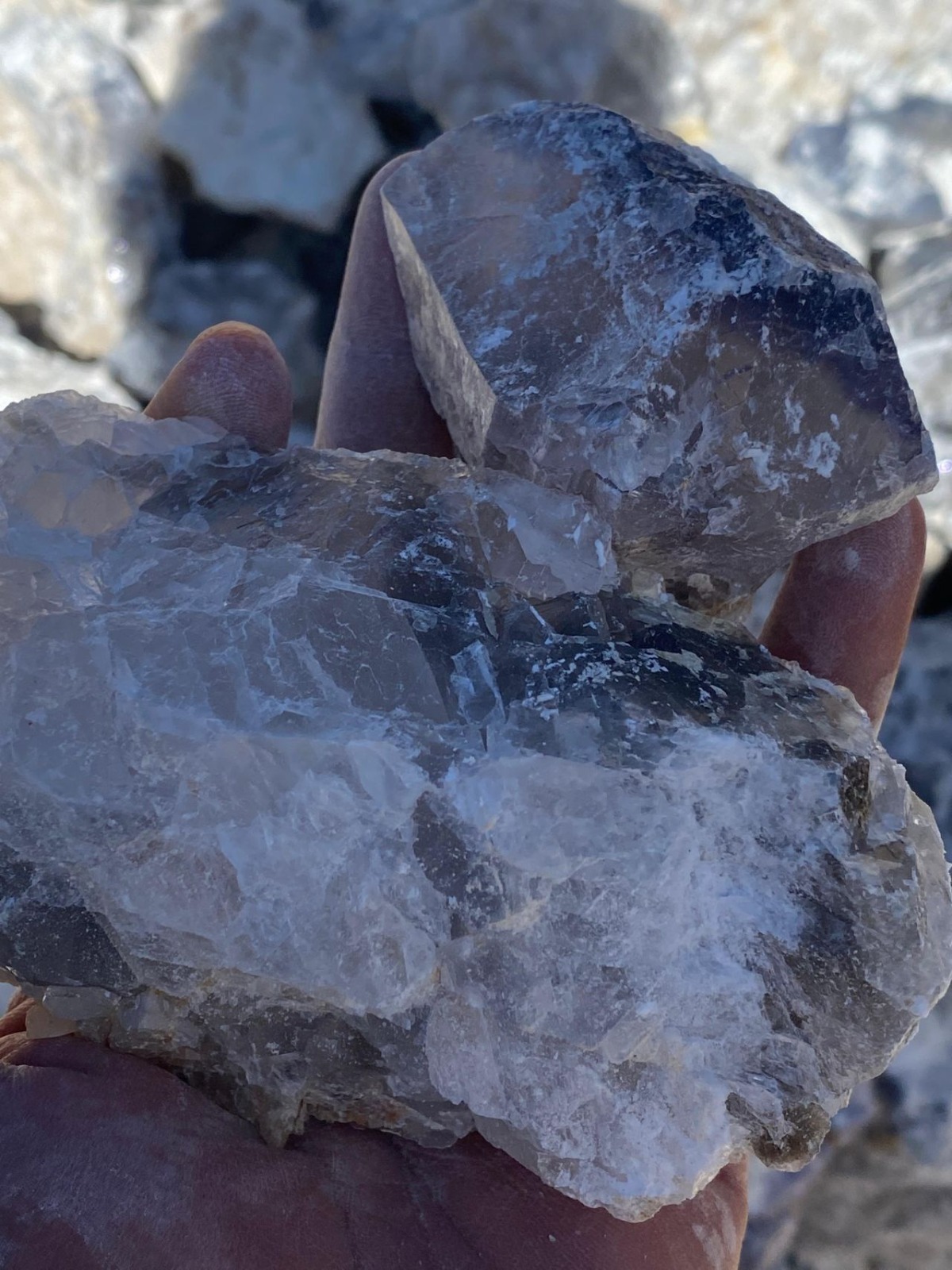Manganese
August 13, 2024
Manganese, symbolized by "Mn," is a chemical element often found in nature combined with iron and present in many minerals. It is the fourth most widely used metal by tonnage, following iron, aluminum, and copper. Manganese is essential in various.
Bauxite
August 13, 2024
Bauxite ore is the primary source of aluminum globally, formed from reddish laterite soil found mainly in tropical or subtropical regions. It consists primarily of aluminum oxide compounds (alumina), along with silica, iron oxides, and titanium dioxide. Bauxite is used.
Raw Magnesite
August 13, 2024
Cryptocrystalline magnesite (MgCO3) is a form of magnesite with extremely low levels of silica, iron, and heavy metals, typically white in color. RMA (Raw Magnesite Milled) is a milled magnesite product with 90% MgO content when ignited, primarily used in.
Barite
August 13, 2024
Barite is a mineral composed of barium sulfate (BaSO4), named after the Greek word "baryte," meaning "heavy," due to its high specific gravity of 4.3, which is unusual for a non-metallic mineral. Typically white or colorless, barite is the main.
Talc (Soapstone)
August 13, 2024
Talc is a hydrous magnesium silicate mineral with the chemical formula Mg3Si4O10(OH)2. While its composition generally follows this formula, slight variations due to substitution can occur. Talc primarily contains magnesium, silicon, and oxygen. It is widely used in powder form.
Chromite
August 13, 2024
Chromite is an iron chromium oxide mineral with the chemical formula FeCr2O4, belonging to the spinel group of minerals. It can form a solid solution with magnesiochromite (MgCr2O4), where magnesium substitutes for iron in varying amounts. Chromite is an important.
Fluorspar (CaF2)
August 13, 2024
Calcium fluoride (CaF2) is a mineral that serves as the main source of fluorine. It forms cubic, isometric crystals and cleavable masses, often colorless and transparent when pure, with a glassy luster. Impurities can cause variations in color, and some.

